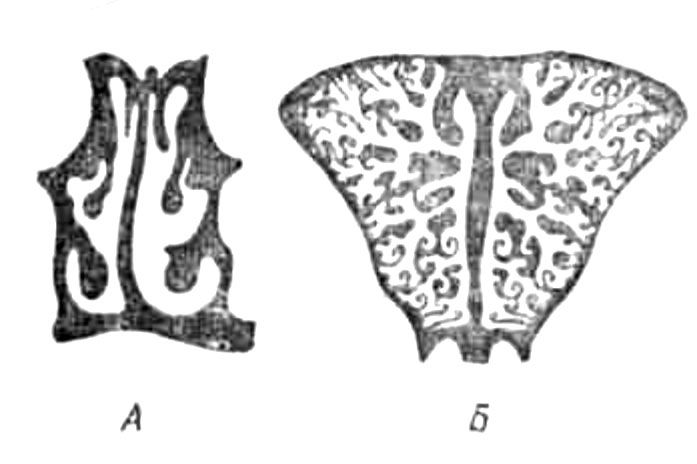Врожденные заболевания репродуктивной системы у собак и кошек: литература
Goodfellow PN, Lovell-Badge R: SRY and sex determination in mammals. Annu Rev Genet 27:71-92,1993. This article reviews current medical and experimental evidence supporting the pivotal role of Sry in sex determination.
Koopman P, Gubbay J, Vivian N, et al: Male development of chromosomally female mice transgenic for Sry. Nature (London) 351:117, 1991. This landmark transgenic study demonstrates that Sry is the only genenecessary for testis induction.
Meyers-Wallen VN, Patterson DF: XX sex reversal in the American cocker spaniel dog: Phenotypic expression and inheritance. Hum Genet 80:23, 1988. This article contains the breeding experiments that defined the mode of inheritance of this disorder and describes the range of phenotypic abnormalities.
Meyers-Wallen VN, Patterson DF: Disorders of sexual development in the dog. In: Kirk RW, Bonagura JD, eds: Current Veterinary Therapy X. 1989a, pp 1261-1269. WB Saunders, Philadelphia: This is the first review of this subject in dog?, which is updated by the present article.
Meyers-Wallen VN, Wilson JD, Griffin JE, et al: Testicular feminization in a cat. J Am Vet Med Assoc 195:631, 1989b. This is the only report of complete testicular feminization syndrome in the cat.
Meyers-Wallen VN, Donahoe PK, Ueno S, et al: MuUerian inhibiting substance is present in testes of dogs with persistent mullerian duct syndrome. Biol Reprod 41:881, 1989c. These experiments demonstrate that bioactive MIS is produced by dogs affected with inherited PMDS.
Meyers-Wallen VN, Manganaro TF, Kuroda T, et al: The critical period for mullerian duct regression in the dog embryo. Biol Reprod 45:626, 1991. This study defines the gestational ages during which canine mullerian and wolffian development normally occur.
Meyers-Wallen VN, Lee MM, Manganaro TF, et al: Mullerian inhibiting substance is present in embryonic testes of dogs with persistent mullerian duct syndrome. Biol Reprod 48:141,1993. This study refines the gestational age at which canine genitalia develop and demonstrates that MIS is produced in embryos affected with PMDS.
Meyers-Wallen VN, Palmer VL, Acland GM, et al: Sry-negative XX sex reversal in the American cocker spaniel dog. Mol Reprod Dev 41:300, 1995a.
Meyers-Wallen VN, Bowman L, Acland GM, et al: Srynegative XX sex reversal in the German shorthaired pointer dog. J Hered 86:369,1995b. This study demonstrates that Sry is absent in German shorthaired pointers affected with XX sex reversal.
Peter AT, Markwelder, Asem EK: Phenotypic feminization in a genetic male dog caused by nonfunctional androgen receptors. Theriogenology 40:1093,1993. This is the only report of incomplete testicular feminization in the dog.
Shille VM, Olson PN: Dynamic testing in reproductive endocrinology. In: Kirk RW, Bonagura JD, eds: Current Veterinary Therapy X. 1989, pp 1282-1288. WB Saunders Philadelphia: This review describes the protocol for canine and feline gonadotropin-releasing hormone and human chorionic gonadotropin stimulation tests.
Summerneld AE, Cruz PJD, Dolenga MP, et al: Tissue-specific pharmacology of testosterone and 5-alpha-dihydrotestosterone analogues: Characterization of a novel canine liver androgen-binding protein. Mol Pharmacol 47:1080, 1995. This study indicates that the canine androgen receptor can exhibit different binding affinity preference for DHT relative to T.
Swain A Zanaria E, Hacker A, et al: Mouse Daxl expression is consistent with a role in sex determination as well as in adrenal and hypothala-mus function. Nat Genet 12:404, 1996. This study describes embryonic Daxl expression, providing support for a role in ovarian differentiation.
